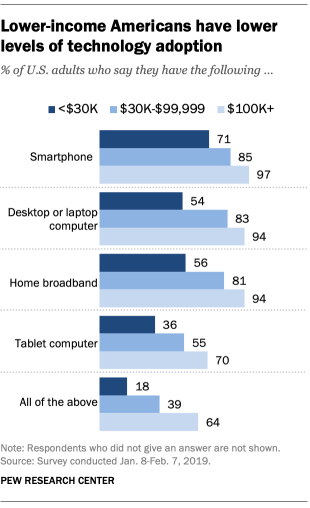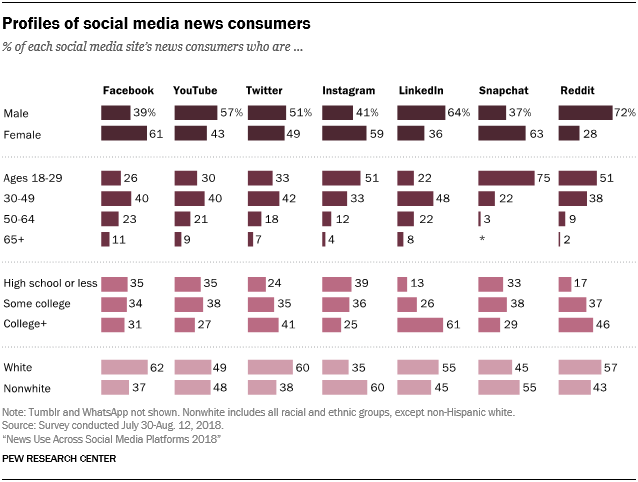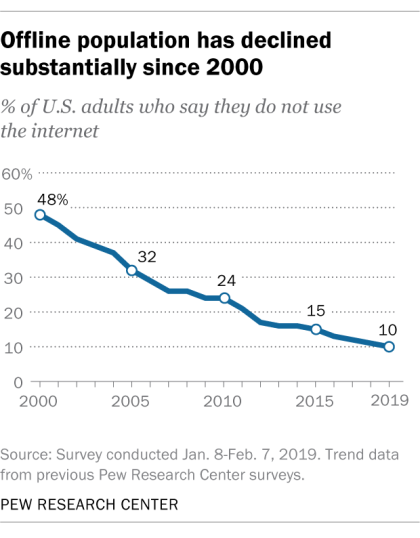9 Steps to Engaging the Environmental Justice Community During COVID-19

The rise in the use of online public engagement tools began long before COVID-19, but recent restrictions on public gatherings have resulted in a dramatic rush for any online alternatives to traditional public meetings. With concerns like the digital divide and uneven access to technology, teams are concerned about diversity.
Inclusiveness and diversity are always top of mind with any public engagement. Has the shift to online engagement as a result of COVID-19 made engaging difficult to reach audiences including the Environmental Justice community more or less difficult? The answer to this question is both complicated and encouraging.
Firstly, to be fair, many audiences were difficult to reach before COVID-19 halted public meetings.
Overall attendance at public meetings was low before the pandemic began: in national estimates, average attendance was under 10 participants per meeting. Agencies also complained that their meetings engaged the “usual suspects” who were dominated by a narrow demographic, often older, white residents. Engaging people of various ethnicities, across all age groups, a balance of genders, income levels, and employment statuses has always been challenging.
The shift to online public engagement has accelerated in the past few years as the percentage of people online rose steeply and the digital divide continued to close even among some of the most difficult to reach demographics.
According to a 2019 Pew Research Center report, smartphones are used by the vast majority of adults. Even 71% of people with annual income under $30K have smartphones. There are still gaps to deal with, but the opportunity to engage a diverse audience online has actually never been better.
While many are spending more time online than ever before during COVID-19, widespread shutdowns have left some without easy access. Before COVID-19 caused widespread closures, many of those without internet access would use libraries and cafés to get online.
Planning teams are seeking to maintain momentum on projects, and with so many people at home, it’s still a great time to engage online. It’s also critical to ensure that the input we are collecting is not skewed by an underrepresentation of any key demographic. With more limited options for engagement available during COVID-19, it’s a good time to check in on best practices for ensuring broad and diverse engagement with a particular emphasis on the most difficult to reach community members.
Let’s look at nine steps to guide planning and engagement teams seeking to engage a diverse and representative demographic during COVID-19.
Step 1: Prepare a range of online options
In order to accommodate a diversity of people, it’s best to give your participants a wide range of well-designed options to ensure that they have a great experience with whatever method is best for their needs, whether they’re completing an online survey or attending a digital town hall. If you launch a survey, ensure that it provides a great experience on any device. This typically means ensuring that your online engagement platform is delightful to use on a computer, tablet, and a range of smartphone screen sizes. In order to accommodate those without devices of their own and those who simply prefer not to use technology, it can be useful to provide a paper-based copy of your survey.
Step 2: Keep it fast, fun, and easy
It’s common for enthusiastic planners to overestimate the amount of time that most people are willing to spend to provide input into planning. Design your experience for someone who is only moderately interested and in a hurry. Our research has repeatedly confirmed that 5 minutes is an optimal length of time to ask for in order to engage the broadest audience while still collecting valuable insights from the public on issues, priorities, and preferences. The first thing that people see when they arrive should be a clear indication of what’s at stake and how their input can influence outcomes that they care about. And then, in order to ensure that people stick around to complete the survey, it’s critical that the 5-minute exercise is enjoyable and easy. It’s best to provide a colorful interface that is intuitively designed so that even those who skip the instructions (the majority) will be able to keep their momentum throughout.
Step 3: Replace text with visuals
Less reliance on text makes it easier to collect reliable input from people of difference ethnic backgrounds and reading comfort levels. Additionally, with only 5 minutes to engage people, visuals can help people move quickly and makes the process enjoyable. As they say “a picture’s worth a thousand words” and the added benefit is that it takes only a few seconds to absorb key information about your projects.
Step 4: Accommodate multiple languages
Depending on the commonly used languages in your community, it may be necessary to provide participants with options to select the language of their choice. Once your materials are ready in English, leave some time in your preparation process to translate them into whatever languages are needed. Use skilled translators. Automatic translators like Google Translate can often misinterpret the meaning of planning concepts. Once ready, it’s best to provide a direct link to people in your promotional materials to go directly to their language of choice.
Step 5: Leverage diverse promotional opportunities
Generally, for online engagement, electronic promotions are most effective since people are already online when they see it and participation is one click away. The most effective promotional strategies will differ depending on the nature of your project and your target audience. One size does not fit all. The more targeted the better to reach the most appropriate audiences. For example, in one Parks and Rec Plan we looked at, an email to all of the members of the Parks and Rec database resulted in over 9,000 participants. We have created a master list of over 70 strategies, tips, and examples used by the nation’s most successful agencies for promoting your online engagement process in this free e-book.
Step 6: Monitor demographics carefully and early
It’s best to closely monitor who you’re hearing from early in your project and compare demographics to the diversity of your community to identify any gaps with adequate time to adjust your promotions. Firstly, ensure that your tools are set-up to collect demographic data on your participants. Secondly, take stock early in the engagement period to monitor the effectiveness of various promotional strategies and identify any gaps.
Step 7: Target gaps using social media
Once any demographic gaps have been identified, leverage the demographic targeting capabilities within social media advertising platforms like Facebook and Twitter. These platforms offer inexpensive and effective ways to zero in on difficult to reach populations by demographic segment or geofencing.
Step 8: Engage your community leaders
In every community, including those communities that are traditionally underrepresented and difficult to reach, there are trusted leaders. These could include leaders of ethnic groups, faith leaders, employers, community or neighborhood associations, and many others. Once you have identified your most difficult to reach audiences, seek out partnerships with the leaders of their communities. One-on-one conversations with these leaders will often be met with enthusiasm, as they come to understand that the voices of their communities matter. These leaders will be able to help define critical issues related to the planning project that would resonate with their community. They also have communication channels and enjoy a level of trust with their community members. Even during COVID-19, they will know the best way to reach their communities and the most compelling call-to-actions to encourage participation. While many will have electronic connections with their community, it’s possible that for some the best way to reach people will be via a paper-based survey in the language of their choice – give them copies to distribute. Having the invitation to participate come from them will often be most effective.
Step 9: Close the loop to reward diverse engagement
The Environmental Justice community and traditionally underrepresented audiences can easily become jaded as a result of being excluded from decision making. It can be extremely beneficial to clearly communicate how the input from the diverse range of community members affected the outcomes to highlight the benefits of participating and build a culture of engagement. Once diverse participation is achieved using steps 1 through 8, be sure to break down the input by demographic group to tease out lessons learned from each segment. This breakdown can also be compelling to decision makers and political leaders when interpreting and communicating the results.
Before COVID-19, “going to them” meant engaging difficult to reach groups where there were, for example, setting up pop-up events at local neighborhood events, like farmers markets and community events. Now that public engagement has shifted online, the concept still applies. But now “going to them” means using your parks and recreation email database, targeting every social media dollar invested, or encouraging community leaders in underrepresented communities to share the links to your online engagement options, including surveys and virtual town halls.
The good news is that our offline population has declined drastically in the past twenty years to now less than 10 percent of the American adult population. As results, it has become easier to drastically increase public participation to thousands of participants across demographic groups. One last idea I can share to reach this declining offline group is to mail paper-versions of your online surveys with utility bills to engage unrepresented zip codes.
COVID-19 has halted public meetings for now. It’s possible that it will take years for them to return, but even when they do, it’s only fair to realize that they weren’t very effective at engaging a broad demographic. They were never the answer to achieving inclusiveness and diversity. That’s not likely to change, but thankfully all this is all happening at a time when online engagement tools are readily available, and more people than ever are ready and willing to participate.
My hope is that by using these steps outlined above, the mix of voices that help to shape our plans will match the true diversity of our communities.


